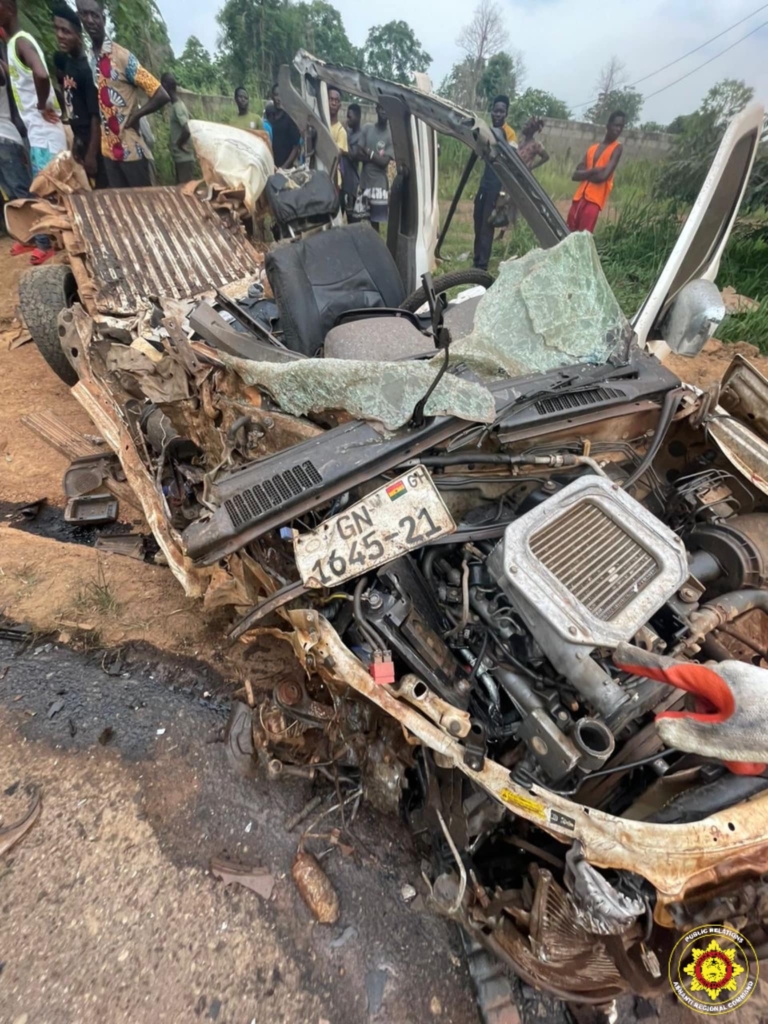
Building resilience through Business Continuity Management and Environmental, Social, and Governance (ESG) Framework

In my previous article, I explored the role of top management in fostering a culture of sustainability and business continuity.
Now, let’s delve into the intersection of Environmental, Social, and Governance (ESG) and Business Continuity Management (BCM).
The world is evolving, and organizations need to stay abreast with modern trends.
As human activities increasingly affect our environment, there is a growing need for guidelines and regulations to govern business operations to conserve nature.
The ESG concept gained official recognition in 2004, urging companies to integrate it into their operations by focusing on the components: Environmental, Social, and Governance (also known as Corporate Governance).
This practice is known as Business Continuity Management (BCM).
BCM is a proactive strategy put together by a business to ensure that a company’s operations remain uninterrupted in the event of any disaster.
This mechanism usually includes strategies, procedures, crisis management plans, business continuity plans, disaster recovery, etc.
BCM plays a pivotal role in the ESG architecture.
This includes developing procedures for business continuity, disaster recovery, crisis management, and working from alternative sites.
All these measures will prevent potential disasters that could impact all parties, and provide guidance on mitigating the risk.
Testing and Review: Companies put together strategic documents to ensure business continuity but fail to test the potency of their plans.






